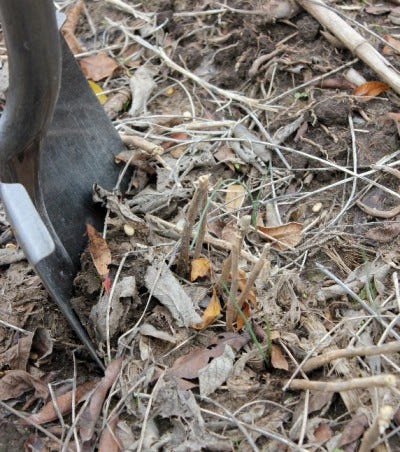November 2, 2017

By Bruce MacKellar, Michigan State University Extension
OK, it may not be the ideal time to sample for soybean cyst nematodes—the ideal time to get samples from severely affected and non-affected areas of your field is during the growing season. However, we can identify “mystery areas” in field yield maps where production seems to lag behind the field average yield. Many times, we can associate these with too little or too much water during portions of the year, especially when considering soil texture. All too often now, however, we are finding areas we cannot easily explain, and after harvest, we have a good “roadmap” (yield map) to use as a guide to collect our samples.
If you are testing for soybean cyst nematodes in the fall, especially before fall tillage is complete, Michigan State University Extension suggests collecting samples near the base of old plant stems (in the rows). This should help you to collect samples in the areas of the field where the highest concentration of cysts are likely to exist.

We have had challenges detecting soybean cyst nematode problems when samples are collected at the end of the year following corn (before we rotate back to soybeans). This make sense if you consider that several tillage operations are likely to have occurred, moving—but not destroying—the cysts in the soil.
Many southwest Michigan soybean fields had “mystery spots” in 2017. I personally think more of these areas are related to sudden death syndrome than soybean cyst nematodes, but at low levels, soybean cyst nematodes can be hard to detect. Sampling for soybean cyst nematodes can help identify, or eliminate, this challenging pest as the cause of problem areas of poor performing soybeans in your fields.
The Michigan Soybean Promotion Committee still supports the costs for growers to have samples analyzed and type-tested for soybean cyst nematodes. See Michigan Soybean Cyst Nematode Free Analysis (pdf) for more information.
You May Also Like




